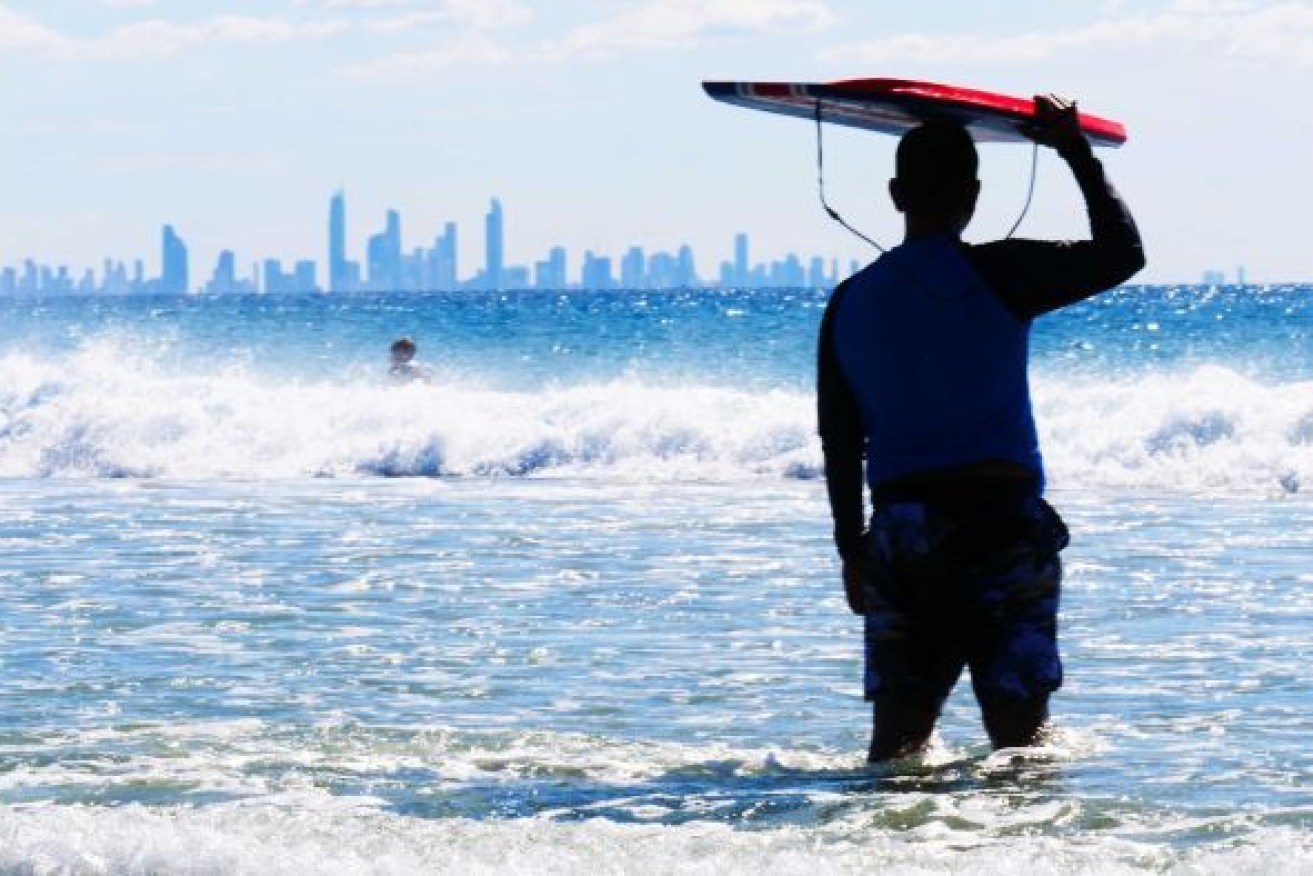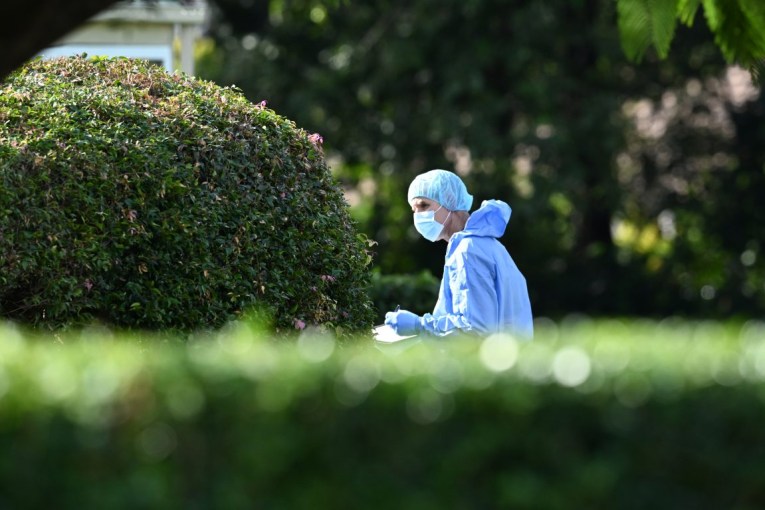Drink less and quit smoking the best ways to save your own skin
QIMR Berghofer Medical Research Institute researchers say cutting down on booze and quitting smoking are as important as slip, slop, slap for tumour prevention.

Gold Coast property developer Sunland will sell off its assets Photo: ABC
Smoking and excessive drinking in addition to sun exposure could make Queenslanders more susceptible to a common skin tumour, according to a new study.
The QIMR Berghofer Medical Research Institute looked at keratoacanthoma tumours by examining data from a study involving more than 40,000 people in the state over a four-year period.
While the strength of the Queensland sun was the biggest factor, QIMR Berghofer researchers warned two common vices also played a role in unsightly keratoacanthoma lesions.
“If Queenslanders protected themselves better against the sun, stopped smoking and drank within the recommended alcohol guidelines, we could potentially see a drop in these skin tumours,” senior study author and researcher Dr Catherine Olsen said.
QIMR Berghofer cancer control group researcher Magdalena Claeson said while drinking and smoking were not well-known risk factors for skin tumours, they have been associated with other types of skin cancers before.
“Tobacco smoke contains numerous carcinogens, which are well-known to be involved in the development of cancer,” she said.
The study, published today in the journal JAMA Dermatology, sheds more light on a type of tumour that often looks more serious than it is.
Keratoacanthomas are commonly found on legs, arms and hands — areas most exposed to the sun — but usually do not cause death.
However, they pose a dilemma to doctors because they look similar to more sinister conditions and are often removed as a precaution.
“Every year, around 5000 adult Queenslanders develop keratoacanthomas,” Claeson said.
“They can also look frightening … they can grow quickly and reach 10 to 20 millimetres in diameter in a matter of weeks or a few months.
“Although they’re not as dangerous as melanomas, they still cause higher costs for health services because they need to be removed surgically for diagnosis.”
The researchers used information from the QIMR Berghofer-led QSkin study, which is the largest research study ever conducted on skin cancer.
It involved 40,438 Queenslanders and examined data on skin tumours found between 2010 and 2014.
Olsen said skin lesions were common among Queenslanders because of the state’s sun-drenched climate.
The Bureau of Meteorology’s records show Brisbane, with an average of 283 days of sunshine every year, is Australia’s warmest state capital.
“This research builds on our growing understanding of the biology of skin cancers and conditions, and will hopefully help inform future advice on how we can protect our skin,” Olsen said.
Claesen, who is also a dermatologist, said normal skincare advice still applied — stay out of the sun when the UV index is high, use maximum-strength sunscreen, wear sunglasses and a broad-brimmed hat.
People with fair skin, freckles and an inability to tan, plus those who experienced high levels of sun exposure and sunburn before the age of 10, are most likely to develop keratoacanthomas.
Olsen said the consumption of 14 of more alcoholic drinks a week — considered excessive drinking — put Queenslanders at greater risk of tumours, in addition to the risk from smoking.
“Most of these are modifiable behaviours,” she said.
– ABC / Jason Dasey












